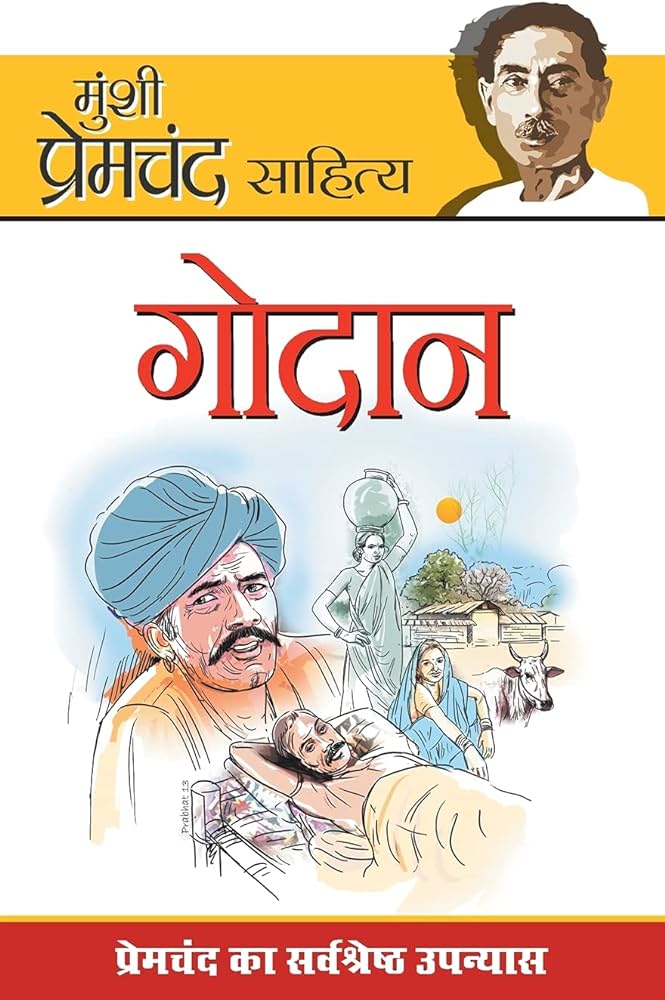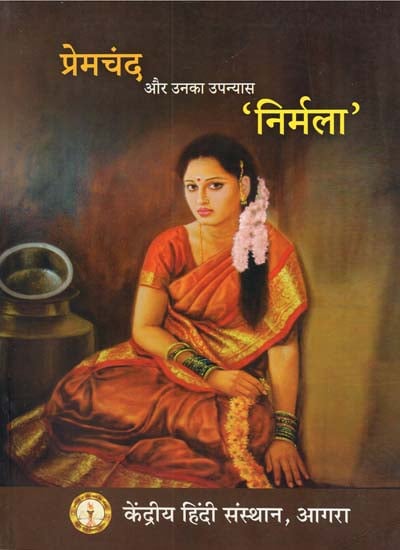Munshi Premchand, a towering figure in Hindi literature, needs no introduction. His poignant prose and unflinching portrayal of Indian society continue to resonate with readers even today. Here, we delve into five of his most celebrated works, offering a glimpse into the captivating world he created:
1. Godan (The Gift of a Cow): A Saga of Rural Woes
Published in 1936, Godan is widely considered Premchand’s magnum opus. Set against the backdrop of a poverty-stricken village, it narrates the story of Hori, a debt-ridden farmer, who desperately seeks to fulfill his lifelong dream of owning a cow. The novel explores themes of social injustice, the exploitation of the peasantry, and the unwavering spirit of human resilience. Statistic to ponder: A 2020 survey by the National Sample Survey Organization (NSSO) in India revealed that over 60% of rural households still depend on agriculture for their livelihood, highlighting the enduring relevance of Godan’s themes.

2. Gaban (Embezzlement): A Morality Tale
Gaban, published in 1924, is a powerful indictment of greed and moral corruption. The story revolves around Jhonta, a money-order clerk who succumbs to temptation and embezzles funds. Premchand masterfully depicts Jhonta’s descent into moral decay and the devastating consequences it has on his family and social standing. Diverse perspective: Gaban can be interpreted from a feminist lens as well. Jhonta’s wife, Mahua, becomes a victim of his actions, highlighting the vulnerability of women in a patriarchal society.

3. Nirmala (The Helpless): A Clarion Call for Social Reform
Published in 1927, Nirmala exposes the plight of women caught in the clutches of social evils like child marriage and forced prostitution. The titular character, Nirmala, is a young girl sold into a life of servitude. The novel chronicles her struggles and the societal hypocrisy that perpetuates such practices. Impact then and now: While child marriage has been outlawed in India, the fight for women’s education and empowerment continues. Nirmala serves as a potent reminder of the battles still being waged.

4. Kafan (The Shroud): A Stark Portrayal of Poverty
Kafan, a short story published in 1936, paints a heart-wrenching picture of poverty. The story revolves around two impoverished brothers, unable to afford a shroud for their dead father. Premchand’s evocative language and stark realism leave a lasting impression on the reader. Did you know?: According to a 2022 World Bank report, 10.1% of India’s population still lives below the national poverty line. Stories like Kafan urge us to acknowledge the harsh realities faced by millions.

5. Sevasadan (The House of Service): Questioning Societal Norms
Sevasadan, published in 1917, tackles the sensitive subject of prostitution. The novel explores the reasons that drive women into this profession and criticizes the societal double standards that condemn them. Beyond the obvious: Sevasadan can also be seen as a call for social reform, urging for better education and opportunities for women to break free from the cycle of poverty and exploitation.

These five works represent just a fraction of Munshi Premchand’s vast literary treasure. Each one offers a window into the complexities of Indian society, making his work as relevant today as ever.











